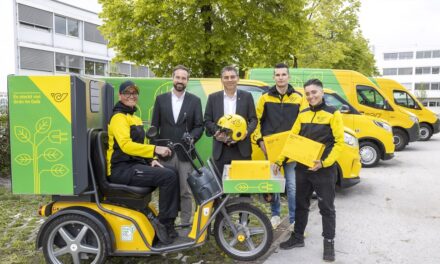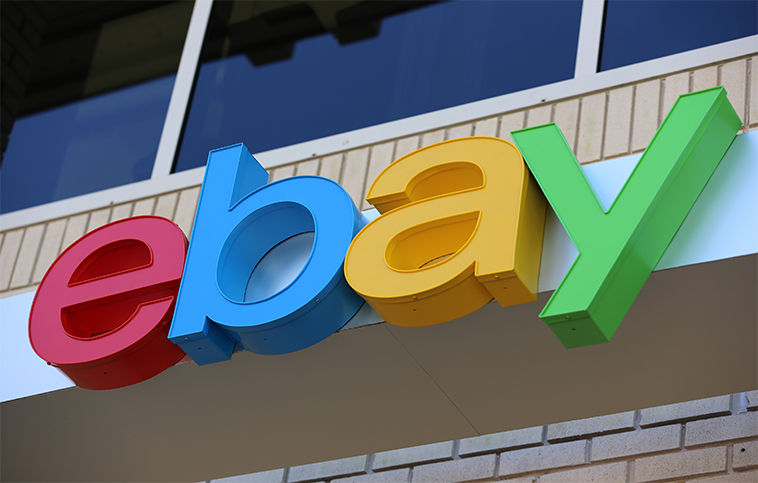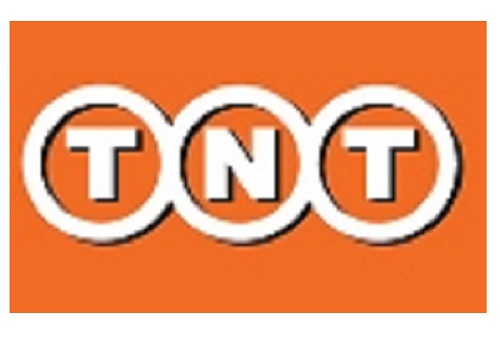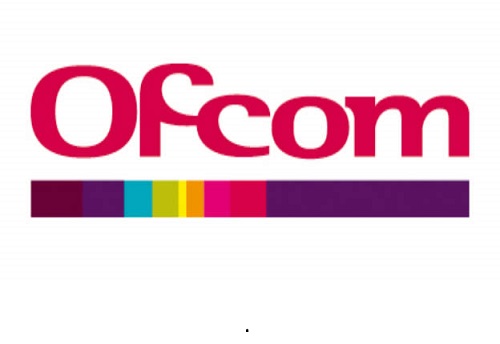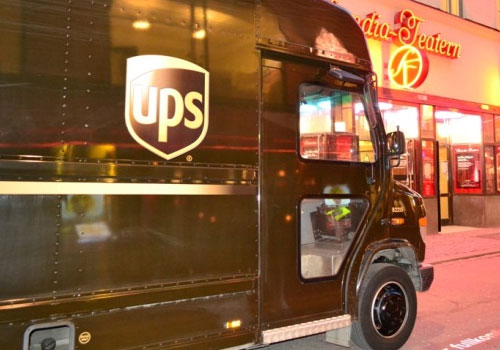
Home delivery time slots vs. efficient transport
Paul Ridden, managing director of Skillweb, writes for Post&Parcel. With all the talk of parcel carriers offering one hour guaranteed delivery slots, has anyone thought about the environmental impact and added cost of the increasing demand for more flexible delivery services?
Of course, it is possible to produce a plan using route optimisation software but anyone that has used these tools knows they do not always provide the most efficient routes for delivery. And as we start introducing more complex data such as timed delivery windows, the situation is only likely to worsen in terms of route efficiency, productivity and fuel usage.
As consumers we all would like to know when the driver will arrive but are we really willing to pay the price? It seems that in an attempt to differentiate, some parcel carriers are offering fixed timeslots for no additional charge which can only put added pressure on an already stretched industry. This could lead to further consolidation within the marketplace, reducing competition and driving up consumer prices in the long run.
The IMRG home delivery survey indicates that consumer preference is for direct delivery to the home with someone present to sign for parcels. With this in mind, does the consumer regard the green cost of increased convenience as acceptable, or will they consider alternatives?
Drop boxes, collection points and click and collect services have all been suggested as possible solutions, but these all have challenges to overcome before being viable options. So what alternatives are there to reducing transport efficiency?
It has been shown that service levels can be improved if a communication path is opened between the local courier and the consumer. Therefore, is it possible to use SMS messages currently being used just to inform us of delivery windows as a way of notifying the consumer of progress and allowing them to engage directly with the courier in 2 way communications? Well, carriers using such techniques have seen a significant increase in first time delivery rates from the low 80%s seen in most home delivery to high 90%s.
With current recessionary pressures combined with increasing awareness of what we are doing to the planet and added pressure on personal time, carriers are faced with a complex delivery challenge. These issues are not going to go away, so the industry needs to consider how it is to overcome the problem caused by such conflicting influences.

